
Summer of Soul: Notes and Key Takeaways
By Nichele Washington
Black American culture is, in part, largely distinguishable within the United States because of the emphasis placed upon music and musical advancements. The Harlem Music Festival is not only a manifestation of this fact, but it is also a visual and audible testament to the various sounds produced by the Black Community.
What was "The Harlem Music Festival"?
During The Harlem Music Festival, many attendees and performers described the day as being hot and having a tangible sense of excitement, pride, and appreciation for Blackness/Black excellence.
Taking place during 1969 in Harlem, New York, The Harlem Music Festival was essentially an unprecedented concert with a mission. Being open to the public and completely free, the Harlem Music Festival was produced by Tony Lawrence in Mount Morris Park. During this time period of heightened racial polarization, The Harlem Music Festival sought to “bring Black folks together” in order to foster feelings of unity and one-ness. After being denied security, The Black Panthers even made an appearance at the festival when they volunteered their protective services. Unfortunately, the festival would go unmentioned for nearly 50 years.
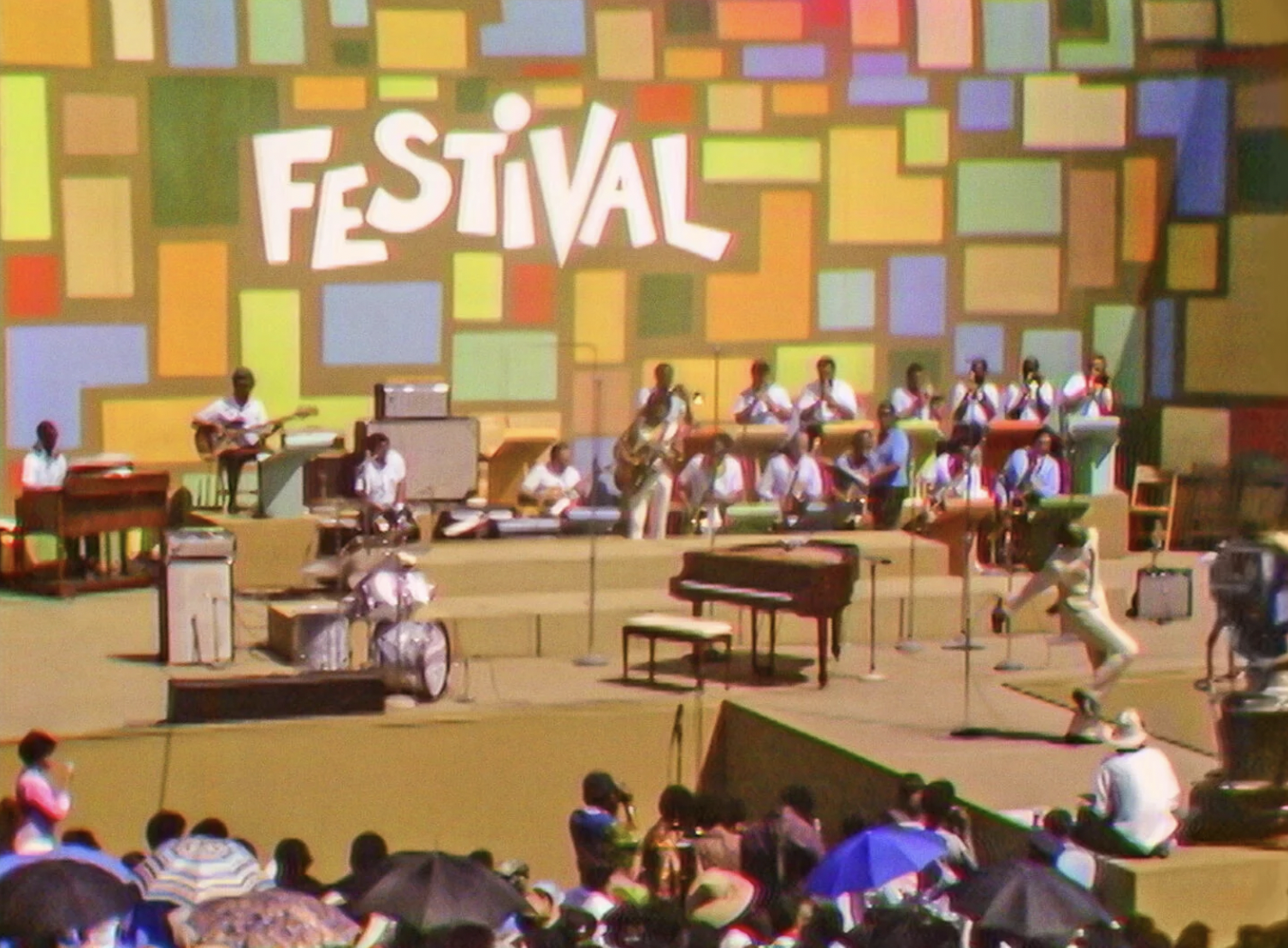
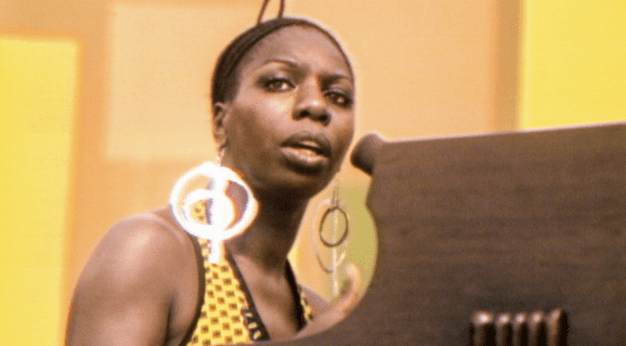
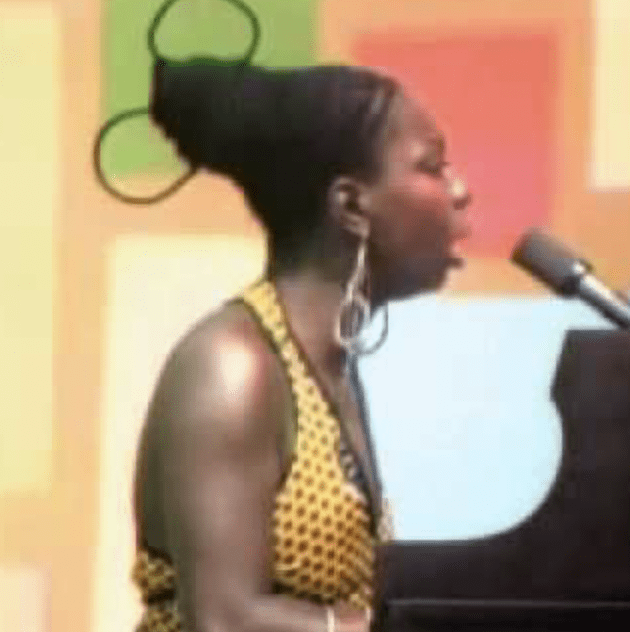
Who performed?
To the left, “The First Lady of Soul”, Nina Simone is pictured. During this festival, Simone performed the following songs: Backlash Blues, Young, Gifted, and Black, and Are You Ready which was originally a spoken word piece that (for the purpose of the festival) she turned into a song.
During the Harlem Music Festival the following artists performed/were involved:
- Stevie Wonder who sang “Shoo-Bee-Doo-Bee-Doo-Da-Day”, “
- Mongo Santamaria who sang “Watermelon Man”
- Evelyn Hawkins who sang “Oh Happy Day”, “Help Me Jesus”, and “Wrapped, Tied, and Tangled”
- Max Roach and Abbey Lincoln who sang “It’s Time” and “Africa”
- Sly and the Family Stone who sang “Sing a Simple Song”, and “Everyday People”
- Gladys Knight and the Pips who sang “I Heard It Through The Grapevine”
- The Chambers Brothers
- B.B. King
- David Ruffin who sang “My Girl”
- The 5th Dimension who sang “Aquarius/Let The Sunshine In”
- Ray Barretto
- Charlie Watkins
What kinds of artists performed? What kinds of genres?
During the Harlem Music Festival, a wide array of Black musical talent was displayed. For example, Evelyn Hawkins performed a set of upbeat, crowd-enticing Gospel songs (the festival designated an entire day to Gospel music). Being described as “Therapy for the Black community”, Gospel music was played at the festival as a covert means to bring “God back to the strayed youth.” In addition to Gospel music, this festival showcased genres such as blues, Afro-Cuban, Jazz Fusion, Soul, Soul and Latin, and more. This festival also provided visibility to artists who were musically proficient in certain genres but lacked attention. An amazing example of this would be the soul band group Sly and the Family Stone who not only appeared as the first “two-tone” band group (having both Black and white members) but also had a Black woman in the band who played the trumpet.
The Harlem Music Festival portrayed the diversity that exists in the Black community and in Black sound.
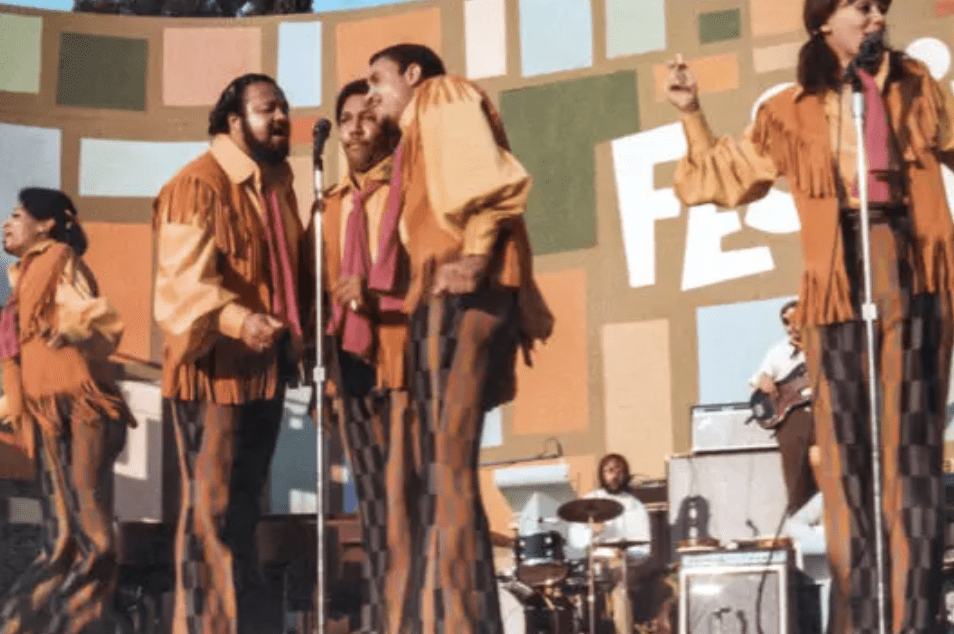

Why was this music festival so impactful and important to Harlem?
An estimated 300,000 individuals showed up to the festival and the attendants were almost all Black and from various socio-economic backgrounds. During this time, Black persons were beginning to publicly display racial pride which is shown through the modification of language: Black individuals went from “Negro” to proudly Black.
This festival was heavily impactful because it created a palpable sense of pride and togetherness amongst the Black Community in Harlem. Not only did the festival help to rebuild hope and morale, but it successfully helped to change some of the negative stigmas attached to Harlem when confronting issues such as poverty and drug use. It also made visible the scope and talents of Motown. Being described as a “way to make Black R&B palatable to white Americans in order to spread Black music and ideas”, Motown consisted of close knit R&B artists and Charlie Watkins, their primary choreographer.
Why did this music festival not receive adequate exposure?
Woodstock was another large music festival that took place at the same time as the Harlem Music Festival. Because the talents and attendants were primarily white, the news coverage and attention placed on this festival effectively drowned out the Harlem Music Festival. During this time, Harlem was also facing a crack epidemic and the United States made monumental advances with space travel as the first man landed on the moon. The combination of these factors led to the erasure of the Harlem Music Festival from the minds of many and the screens of most. It wasn’t until the publication of the documentary “Summer of Soul” that the world was finally able to view this dynamic, culture-shifting and culture preserving festival.
Despite its impact to the Black community and the community of Harlem, this festival went unveiled for about 50 years.
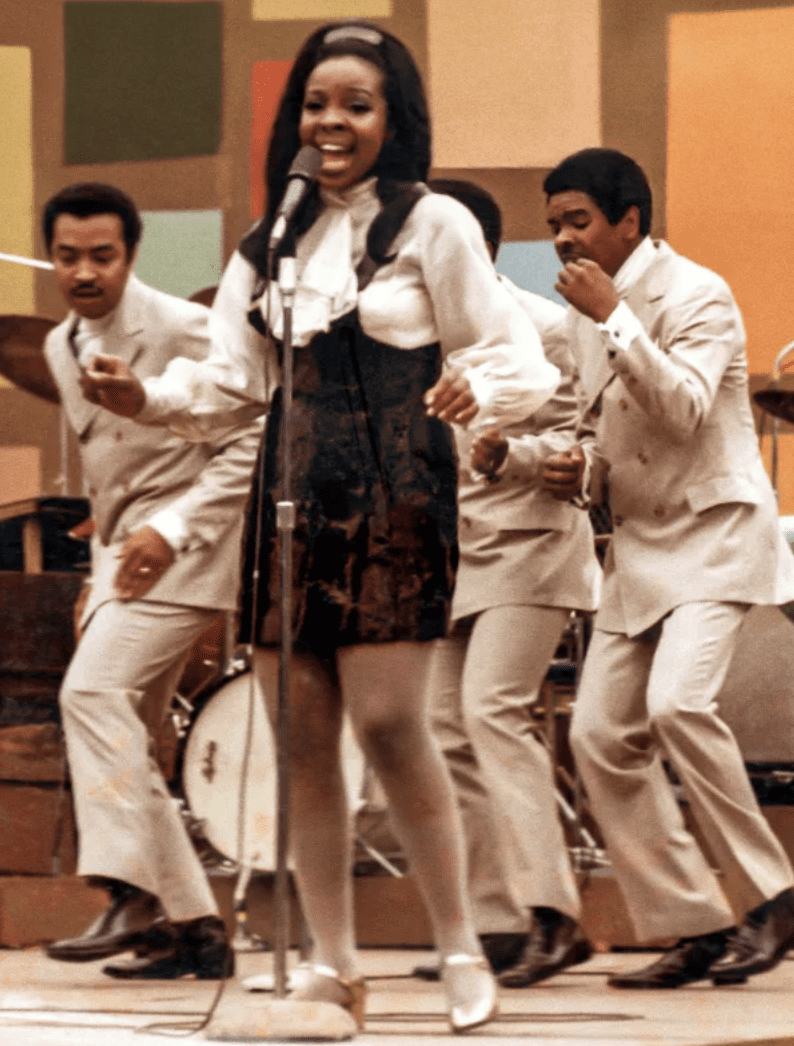
The Harlem Music Festival consisted of some of the Black Community’s most influential artists. At the same time, this festival led to the prominence and popularity of smaller Black artists. Though it may have gone unseen for far too long, the impacts of this festival were immeasurable and undeniable. From Stevie Wonder to Gladys Knight, this festival and its artists acted as a beacon of hope for the Black community and a testament to its beauty and tenacity. Overall, viewing this music festival/concert left me feeling energized and incredibly proud. I absolutely loved being able to hear the diversity that exists within the Black experience but I found that witnessing the connectedness and similarities of Black people was just as beautiful. While I can’t help but wish to have been there, I recognize that there a similar Black spaces I have had the pleasure of dwelling in (such as Spelman College) which cultivate the same feelings of pride that I felt throughout the documentary.
More by Nichele Washington
Negro Spirituals in the United States by Nichele Washington and Janelle Clark
The Commodification of African American Music by Nichele Washington


